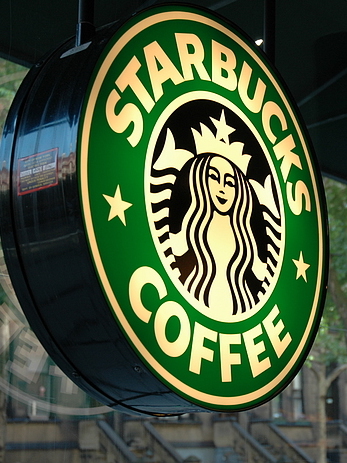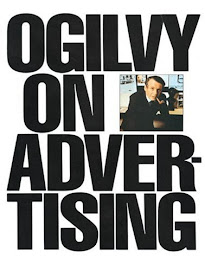the
internet is truly a whole new different world than what we know. it exists on its own and has its own rules, primary of which is - it has no rules. at the same time that there are no rules, it's open wide for anyone and everyone to be in.
the nestle promo is prime example of how that affected them. nestle did not think through the whole thing and allowed too many doors open for anyone to enter. while it is written, there are really no restrictions on who can submit entries to the effort. based on the rules nestle posted (which by the way has two typo errors), nestle was supposed to apply a selection criteria to the "finalists". they were supposed to select 30 entries but based on how it went, they did not actually follow that rule. and more importantly, based on the quality and wide diversity of the kinds of entries, they didn't seem to apply the criteria they set or if they did, it was loosely applied or done by an irresponsible and lazy manager.

otherwise, how can "3 Season",
grammatically incorrect,
missing the plural "s" be a finalist? or how can
the word "summer" be allowed in the brand name when that is directly opposite and contradictory to an ice cream where summer is about heat and an ice cream is about cold? one can argue that a cold ice cream can soothe the effect of a hot summer, but no attempt in the entries were made to communicate that thought. besides, putting the word summer in the brand name seem to say the ice cream product will be available only during the summer months. t

he other is the entry "tropical burst" when it seem most appropriate to be a name for a juice drink. and true enough, two juice brands have been identified as having that name- "Gatorade Tropical Burst" and "
Kool Aid Burst Tropical".
using the
internet as the medium for submission automatically carries with it the potential of millions of people submitting millions of entries. anyone and everyone who has
internet access can submit entries and that can number in the hundreds of millions. that characteristic of the
internet by itself is not the only part that weakens this effort, its the part when criteria they set are not applied to the letter and their poor judgement bore holes into the whole thing.
another example is the effort done by "frenzy" condoms in the same bulletin board,
pinoy exchange. frenzy is a frequent advertiser in
pinoy exchange and we can assume that a smart brand manager or account manager thought of opening threads in the
pinoy exchange to talk about condoms and the brand itself. i am sure the thinking there was having a lively discussion on the brand alongside the
internet ads make for good synergy.
but here's the problem - the
internet is a free for all medium where anyone and
everyone can say anything. advertising agencies and clients have no control whatsoever, and f

renzy's nightmare began when one person posted a product negative about frenzy! this post talked about how fragile frenzy condoms are and how it has failed him that
because of that product inferiority, he has stopped using frenzy! the ads in
pinoy exchange alongside with the thread was meant to promote,
extol and propagate how great a product frenzy is, BUT here was a testimony from an actual user talking about product failure! disaster!
one of the first things brand managers learn in their work either through experience or as taught to them by their bosses is - the brand manager must exercise complete control on his
marketing effort. do not leave anything to chance. apply all the mechanics and safeguards you can think of to make sure the effort follows only one path - that of success.
nestle, just like frenzy forgot this very important part in using the
internet as a marketing tool.
before we end this section, one more example, a very important one, on the dangers of using the
internet in your marketing effort at naming a brand is this :
http://the-wawam-file.blogspot.com/.
anyone and everyone, in this particular example,
wawam, can create a marketing critique blog and feature
nestle's effort prominently in the blog. nestle used the
internet, a place where anyone can see and say something about it, specially the errors in the effort, the failure of the brand manager and the foolishness of the account amanager, just like this blog.
touche!
to be continued......
 but they are not telling us what name it is they have chosen. hahaha. they did say it's one of the entries but contrary to previous announcements in the website, they are not telling us what it is.
but they are not telling us what name it is they have chosen. hahaha. they did say it's one of the entries but contrary to previous announcements in the website, they are not telling us what it is. 






























